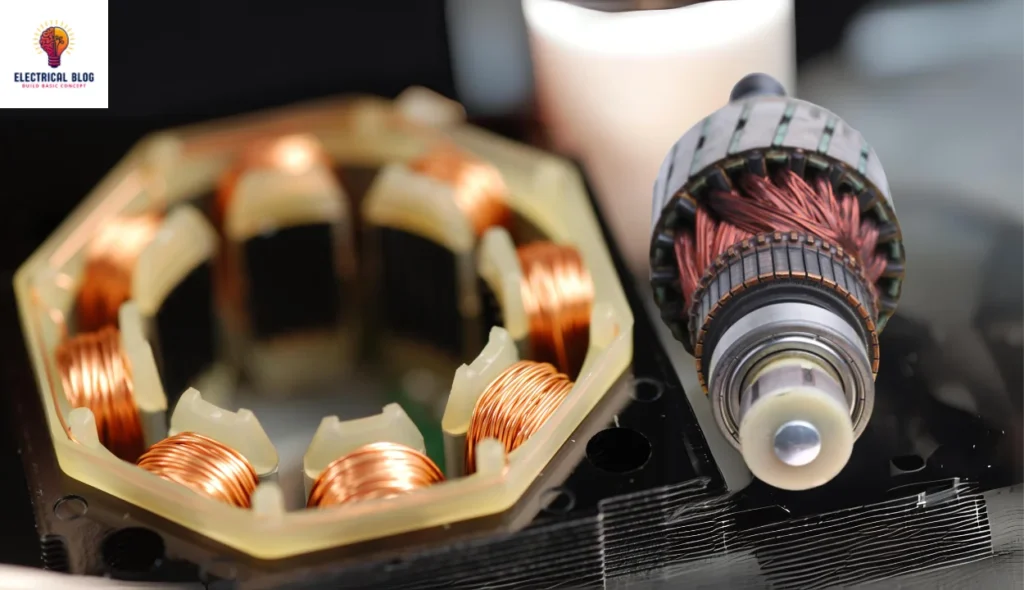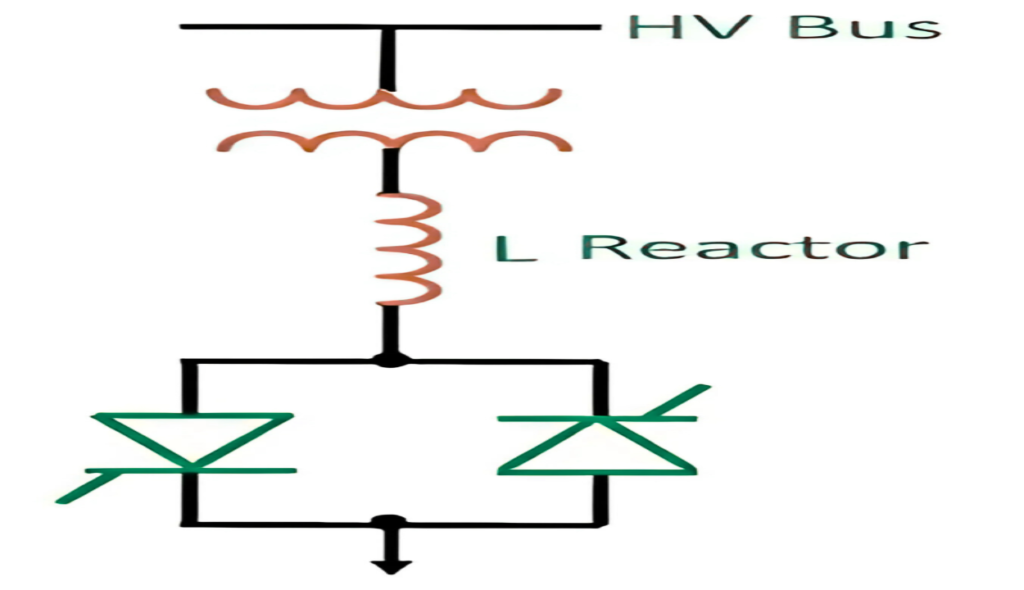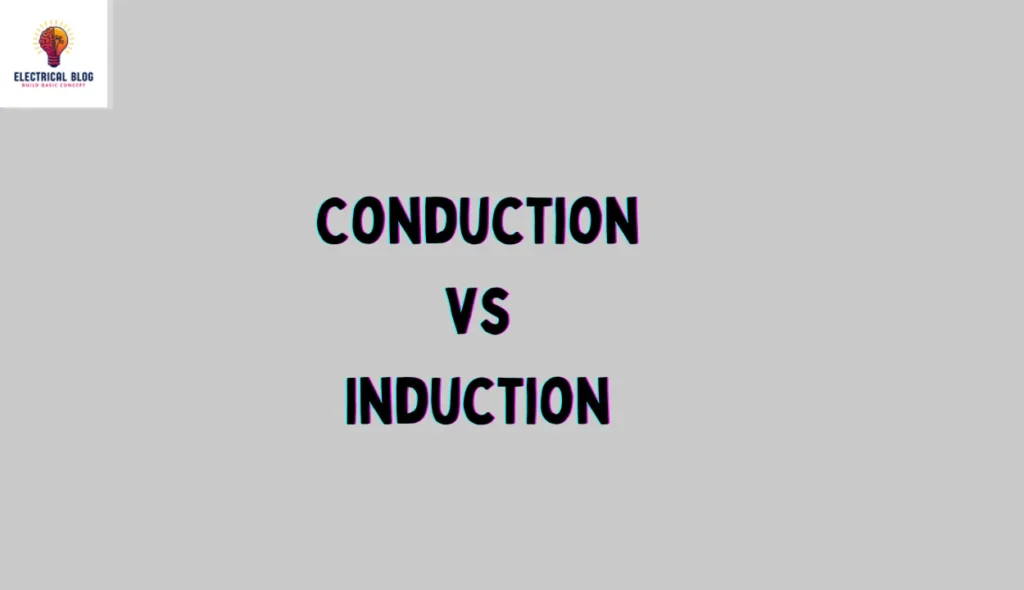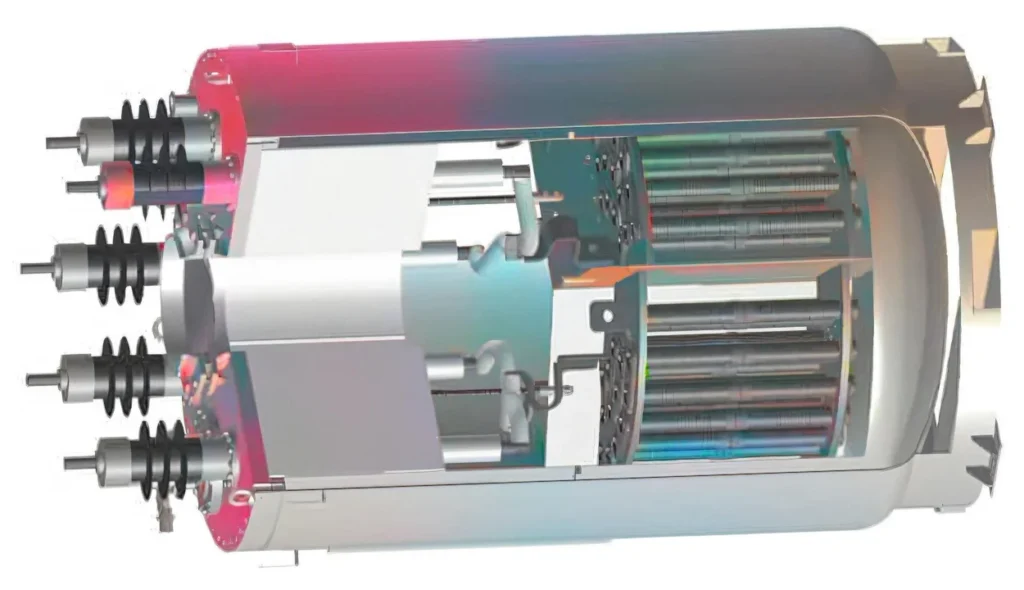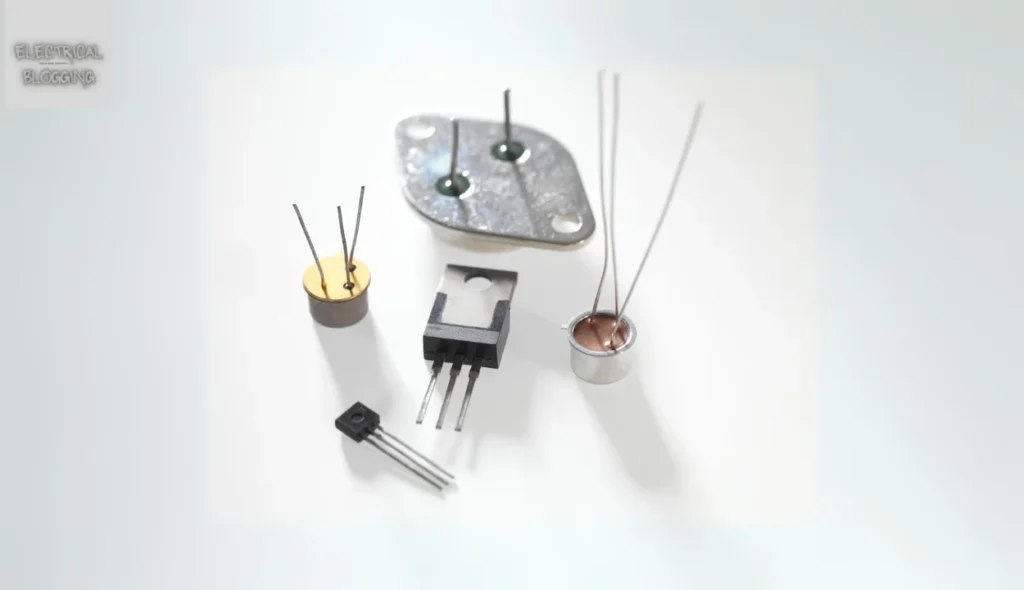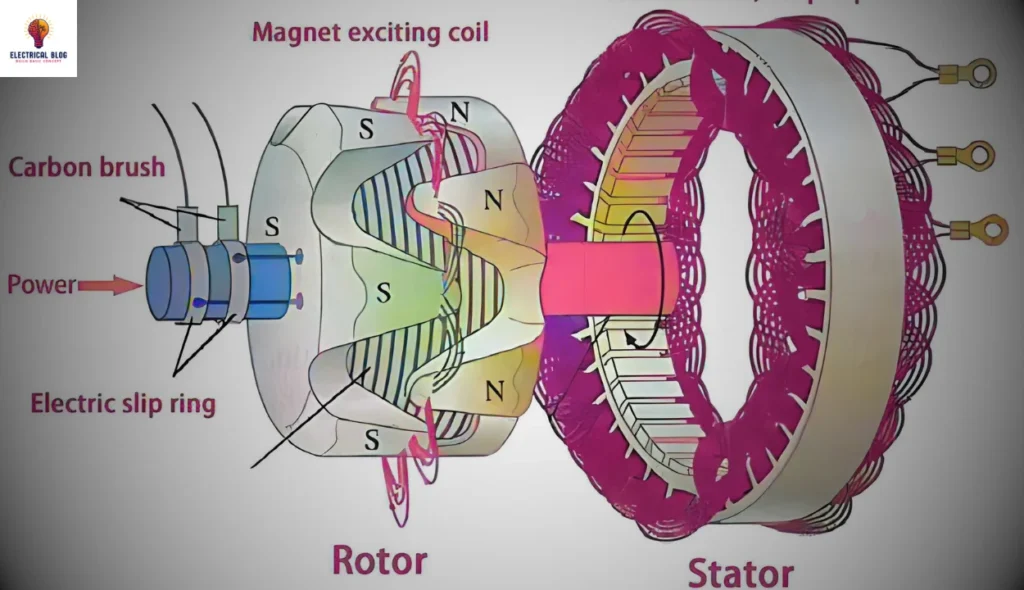Difference between Stator and Rotor
Introduction Electric motors are critical. They convert electrical energy into mechanical energy. Everything from home appliances to industrial machinery is powered by them. They use electromagnetic phenomena to drive motion. This makes them essential in modern technology. Among the core components of an electric motor are the stator and rotor, two integral parts that work […]

